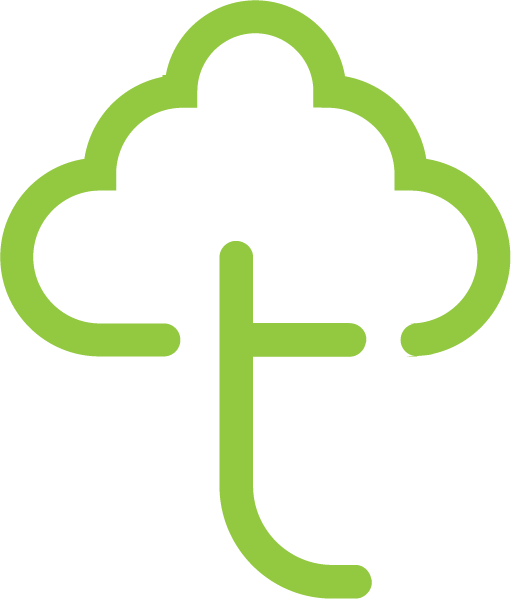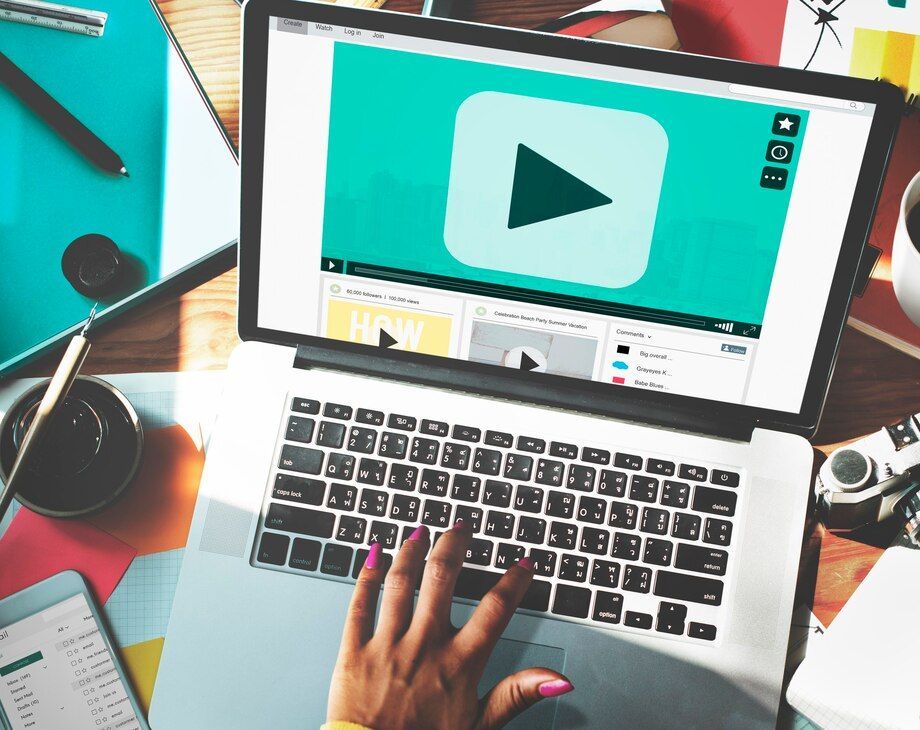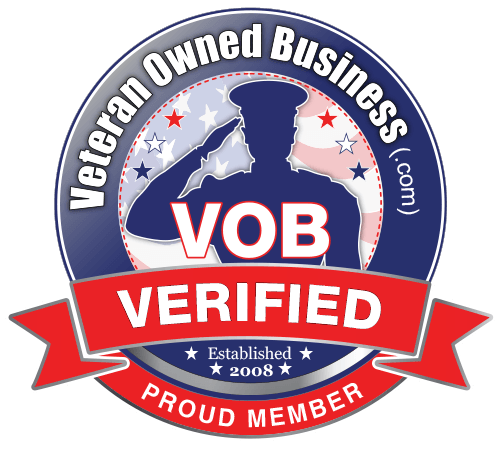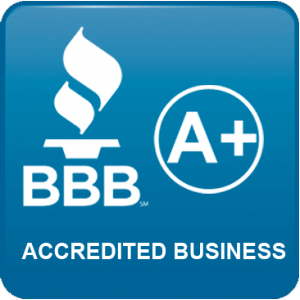Yes, dimensions do matter.
320 x 50 “Mobile Leaderboard”
Google Adsense
names this ad as one of their top performing units and it is also an IAB Mobile standard unit. This banner is designed to specifically flourish on smartphones. The “Mobile Leaderboard” can be most commonly found at the top or bottom of a screen, integrated into apps, or placed within browsers themselves.
Because it is one of the smallest ad sizes, it is one of the least expensive options. However, this also means that you have to get creative with what you include in the limited dimensions.
Our advice is to focus on keeping your message concise and the call-to-action memorable in order to make the most of the space.
300 x 250 “Medium Rectangle”
Like the 320 x 50, the “Medium Rectangle” is a standard IAB Mobile unit
and highly rated within Google Adsense. This ad size is crucial for any campaign because it works on smartphones, tablets, and desktop browsers alike. This banner can be embedded within a website’s content to blend seamlessly and cause the user the least amount of annoyance. This ad is so versatile and popular that it tends to be the most expensive to digitally place.
The substantial dimensions of this banner allow for diverse creative aesthetic. It can include images, gifs, text, or even a combination of the three.
Our advice to you is to focus on increasing CPM
by seeking out rental ad space that is above the fold. This refers to the advertising space seen whenever a web page is initially loaded, without the user scrolling. Ads placed above the fold often outperform similar sized or larger ads placed below-the-fold.
728 x 90 “Leaderboard Banner”
This ad size is also commonly referred to as the “Horizontal Banner.” This type of banner ad is typically found at the top of website, directly in the users’ eyeline. It is optimized for both desktop and tablet browsers.
Leaderboards can get expensive because they typically need to occupy space above-the-fold in order to get quantifiable impressions. Some websites do offer space for Leaderboards below-the-fold; however, this placement
is risky because many users do not scroll to the bottom of a page. Thus, they may never see the advertisement, much less click on it.
Our advice is to spring for the above-the-fold placement over expensive creative. Elaborate gifs and a catchy slogan won’t matter if the user never sees the banner
320 x 480 “Mobile Interstitial”
It is also known as the “Vertical Rectangle.” This type of ad is designed to take up the entire screen on smartphones. It was originally derived from the original iPhone specs. Despite the significant changes in iPhone dimensions since 2007, the 320 x 480 persists as a popular ad format.
An interstitial ad
is shown right before the content a user is seeking out. The user clicks on a link and is either briefly diverted to a separate ad page or the content they were seeking out is covered by a floating advertisement.
Our advice is to use this ad size sparingly (to limit user annoyance) and to have a specific goal in mind. Because they are so functional for mobile devices, the “Mobile Interstitial” is useful to have in your arsenal for a well-rounded campaign.
Banner ads are one of the most widely used ad formats today. They are an excellent option to unobtrusively showcase a brand.
Why are the dimensions so important?
With the prevalence of online scams, modern-day users are inherently more cautious when it comes to clicking on advertisements. An ad might look completely normal on a desktop browser, but when viewed from a mobile device it suddenly appears warped and sketchy. It is important to invest in a variety of banner ad sizes to ensure that your campaign is an effective, persuasive, multi-channel experience. Engaging with your consumers across multiple devices cultivates strong brand recognition. Digital Treehouse has over 10 years of experience navigating the digital advertising field and would love to collaborate on your next campaign. Check out our services here.

SHARE ARTICLE
Schedule Your FREE 15-Minute Consultation
oUR rECENT bLOGS
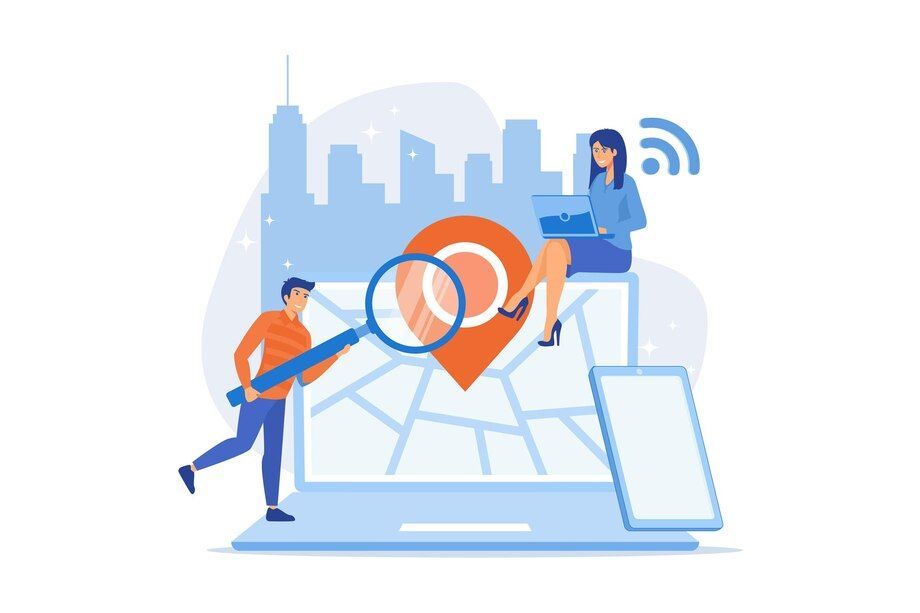
In the ever-evolving digital landscape, 2025 marks a pivotal year for precision marketing. As consumers demand more personalized experiences, businesses must adapt by leveraging advanced technologies like geofencing and behavioral targeting. At DigitalTreehouse , a leading website development and marketing service company based in Franklin, TN, we specialize in crafting data-driven strategies that deliver measurable results. This comprehensive guide explores how these cutting-edge tools can revolutionize your marketing efforts.

